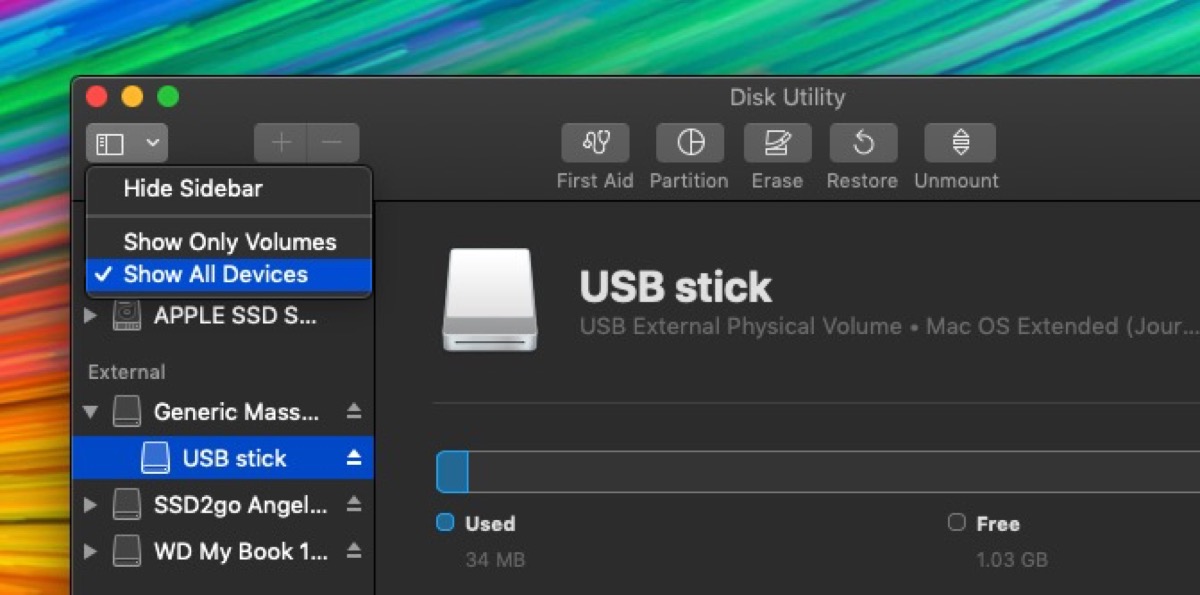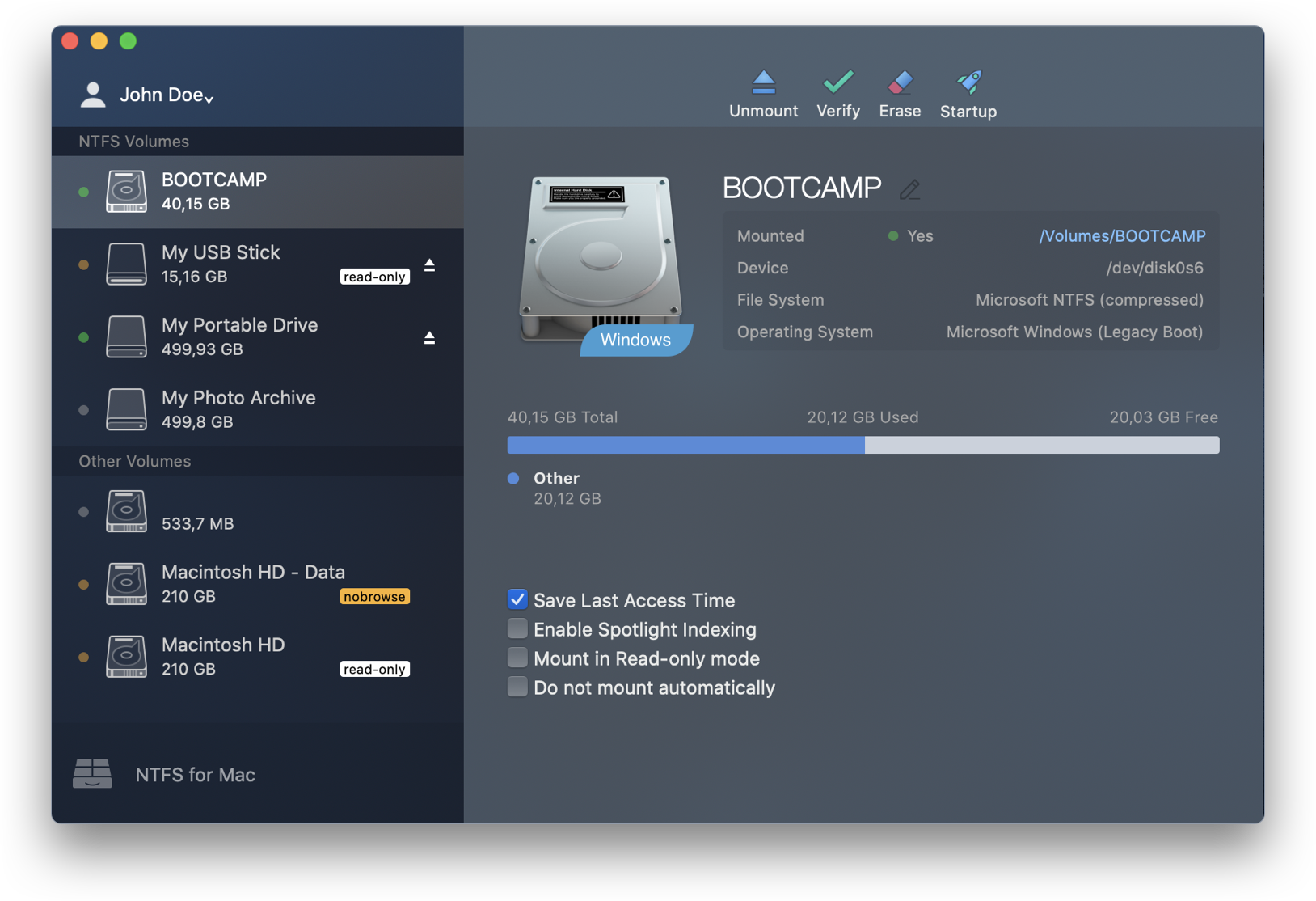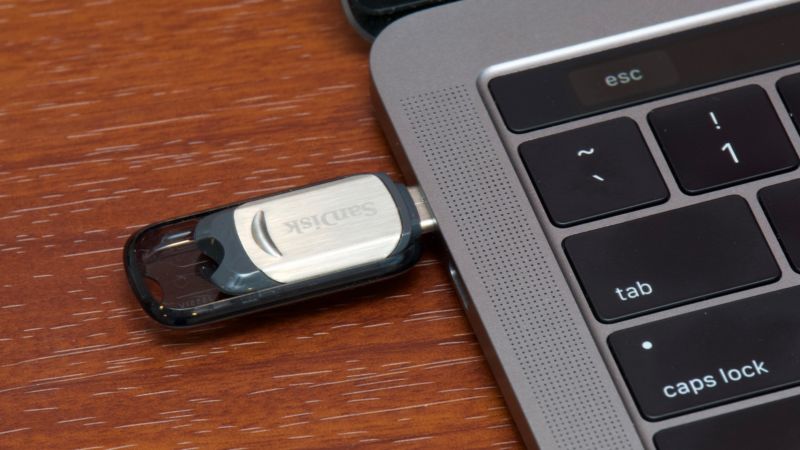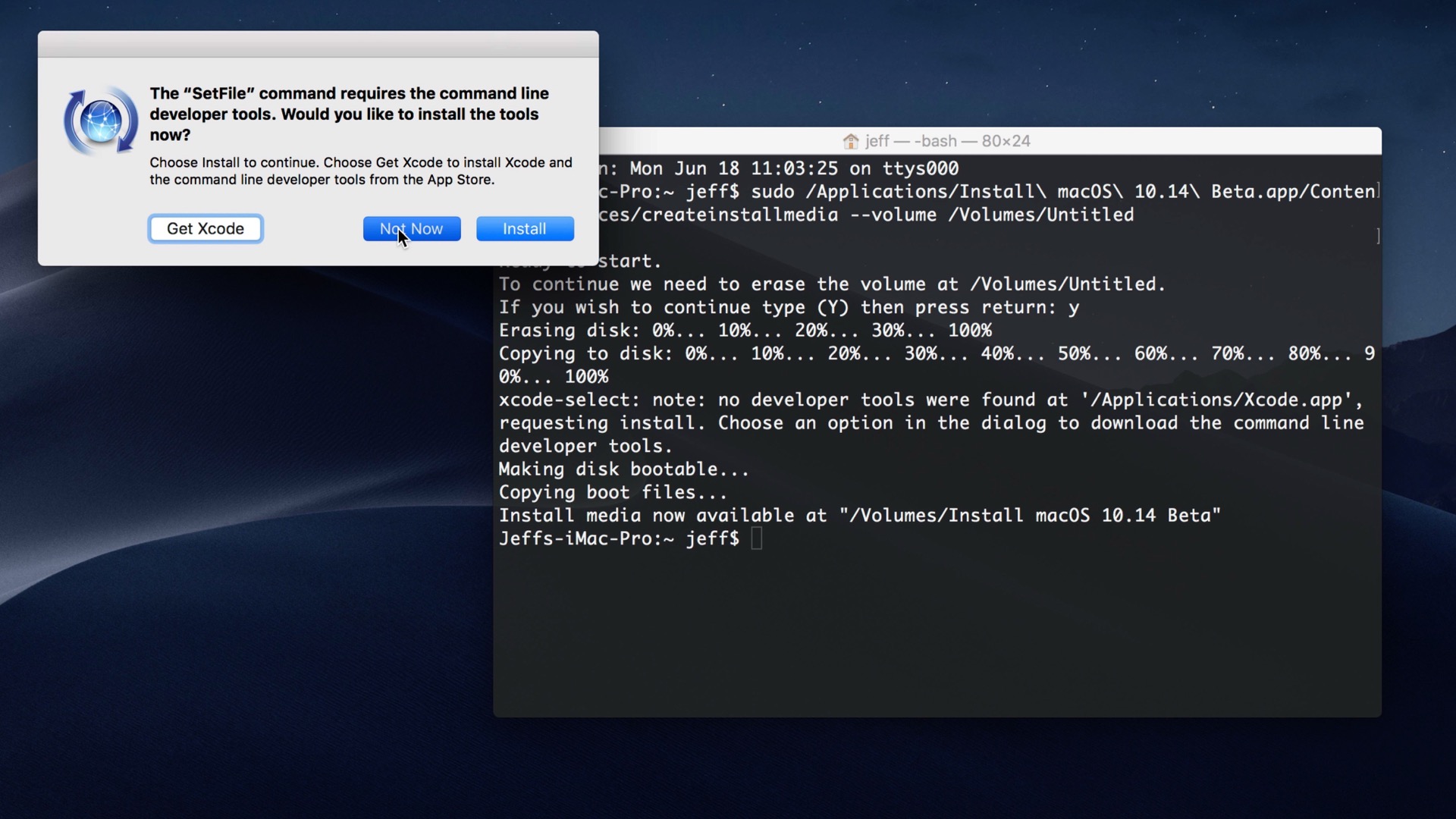Page Content:

Disk Utility is a built-in disk management tool in macOS including macOS Big Sur. Just open it on your Mac, then select the hard drive or device you want to format and click on Erase button. This tool will help you securely and easily format the hard disk drive or memory card, USB flash drive, portable hard drive on macOS Big Sur. Solution 1: format external hard drive/USB flash drive in macOS Mojave with Disk Utility Disk Utility is a traditional Mac disk tool. It can help you format external hard drive/USB flash drive after you upgrade your Mac OS to macOS 10.14 Mojave. Just run this app from Launchpad and use it to erase the external hard drive/USB flash drive.
macOS Big Sur 11 is the biggest update for Apple Mac operating system. If you are looking for a solution to formatting hard drive or memory card, USB flash drive etc on macOS Big Sur, you’ve come to the right place. In this article, we will show you three methods to help you easily and quickly format a hard drive or external device after upgrading macOS Big Sur, meeting the various needs of format.
Method 1. Format hard drive or external device with Disk Utility.
Disk Utility is a built-in disk management tool in macOS including macOS Big Sur. Just open it on your Mac, then select the hard drive or device you want to format and click on Erase button. This tool will help you securely and easily format the hard disk drive or memory card, USB flash drive, portable hard drive on macOS Big Sur. However, the formatted data is still can be recovered by data recovery software.
You don’t need to install third-party disk formatting software. Disk Utility can meet the normal format needs of you. Disk Utility even can help you format a corrupted memory card, USB flash drive.
Method 2. Format and wipe hard drive with AweEraser.
As said above, the lost data can be recovered even the hard drive has been erased by Disk Utility. In some cases, you need a solution to permanently wipe your sensitive data. For example, before you sell or donate a portable hard drive, you’d better permanently erase all your private files in the portable hard drive to prevent potential data recovery.
AweEraser for Mac is a powerful data erasure application for macOS including macOS Big Sur. You can use this application to format and wipe your hard drive to securely and permanently erase all your sensitive data.
- Once your data is erased by AweEraser for Mac, the erased data is gone forever, can’t be recovered by any data recovery software.
- The erasure process is 100% safe, will not cause any damage to your HDD, SSD or external device.
- Certified data erasure methods, such as: HMG Infosec Standard 5, Baseline, DOD 5220.22-M, U.S. Army AR380-19, Peter Gutmann's algorithm.
Now, you can follow the steps below to format and wipe hard drive on macOS Big Sur:
Step 1. Download and install AweEraser for Mac on your Mac computer, then run it from Launchpad.
Powerful and easy-to-use data eraser & junk cleaner software for macOS Big Sur.
Step 2. Select data erasure mode - Erase Hard Drive, this mode will help you format the hard drive and permanently erase all data from your hard drive.
Format Flash Drive Mac Mojave Dmg
Step 3. Select the target hard drive, then click on Erase button. Once the process gets finished, all data on the hard drive will be gone forever, can’t be recovered by any data recovery method.
This disk formatting method will help you format and wipe your hard drive. So, before you sell, donate or trade in your Mac/Device, you can choose this method to permanently erase your sensitive data so that nobody can restore your private information.
AweEraser for Mac also can help you shred files on macOS Big Sur, wipe free disk space, uninstall unwanted applications, clear web browsers’ cookies, fix corrupted memory card, USB flash drive, etc.
Method 3. Format hard drive with AweCleaner for macOS Big Sur.

AweCleaner for Mac is a junk cleaner & disk management tool for macOS Big Sur. It offers a disk manager tool to help you quickly format hard drive or external device. Like method 1, the formatted data also can be recovered by data recovery software.
Just open AweCleaner for Mac > choose tool ‘Disk Manager’ > Select the hard drive > Click on Format button > the selected hard drive will be quickly formatted to exFAT, HFS+, etc.
We highly recommend AweCleaner for Mac to macOS Big Sur users as it is an excellent disk cleaner & optimization tool. It can help you quickly remove junk data, uninstall unwanted applications, manage your Mac after upgrading to macOS Big Sur.
All-in-one Mac cleaner & manager to optimize, clean and speed up your Mac in easy way.
Related Articles
In macOS Mojave, you can choose to encrypt and decrypt disks on the fly right from the desktop. Using this convenient Finder option, we’re going to show you how to encrypt a USB flash drive (or “thumb drive”), which is useful if you’re traveling light and want to take sensitive data with you for use on another Mac.
Finder uses XTS-AES encryption, the same encryption that FileVault 2 uses to prevent access to data on a Mac’s startup disk without a password. Note that the following method is only compatible with Macs – you won’t be able to access data on the encrypted drive using a Windows machine.
If this is a requirement, you’ll need to use a third-party encryption solution like VeraCrypt. With that in mind, here’s how to securely encrypt your USB flash drive.
Attach the USB flash drive to your Mac and locate its disk icon on your desktop, in a Finder window, or in the Finder sidebar, then right-click (or Ctrl-click) it and select Encrypt “[USB stick name]”… from the contextual menu.
(Note that if you don’t see the Encrypt option in the dropdown menu, your USB flash drive hasn’t been formatted with a GUID partition map. To resolve this, you’ll need to erase and encrypt the USB drive in Disk Utility – before that though, copy any data on the drive to another location for temporary safekeeping.)

When you select Encrypt, Finder will prompt you to create a password, which you’ll need to enter the next time you attach the USB flash drive to a Mac. (Don’t forget this, otherwise you’ll lose access to any data stored on the USB drive!) Once you’ve chosen a password, verify it, add a meaningful hint if desired, and click Encrypt Disk.
The encryption process depends on how much data you have on the USB flash drive, but you’ll know it’s completed when its disk icon disappears and re-mounts. You’ll now be able to access the contents of the USB flash drive as usual, but if you physically detach it and re-attach it to your Mac you’ll be prompted to enter the password.
Note that the prompt includes an option for macOS to remember this password in my keychain. Check the box, and whenever you attach the USB stick to your Mac again you won’t be prompted to enter the password and you’ll have automatic access to it, just like any other drive.

If you ever want to decrypt the USB flash drive in future, right-click (or Ctrl-click) its disk icon, select Decrypt “[USB stick name]” from the contextual menu, and enter the password to turn off encryption protection.
How to Encrypt a USB Flash Drive in Disk Utility

Before proceeding, make sure you’ve copied any data on the USB flash drive to a safe location, like your Mac’s internal disk.
- Launch Disk Utility, located on your Mac in Applications/Utilities.
- In the Disk Utility toolbar, click the View button and select Show All Devices if it isn’t already ticked.
- Select your USB flash drive in the sidebar by clicking its top-level device name (i.e. not the volume name that’s listed beneath it).
- Click the Erase button in the toolbar.
- Give the USB flash drive a name.
- Next, click the Scheme dropdown menu and select GUID Partition Map. (It’s important to do this first before the next step, otherwise you won’t see the encryption option in the Format dropdown.)
- Now click the Format dropdown menu and select Mac OS Extended (Journaled, Encrypted).
- Click Erase.
- Enter your new password, enter it once more to verify, include a password hint if desired, then click Choose.
- Click Erase once again, and wait for your disk to be formatted and encrypted.
Format Flash Drive Mac Mojave 10.14
Once the process is complete, copy across your sensitive data to the blank USB flash drive, where it will be automatically encrypted and secured with a password.